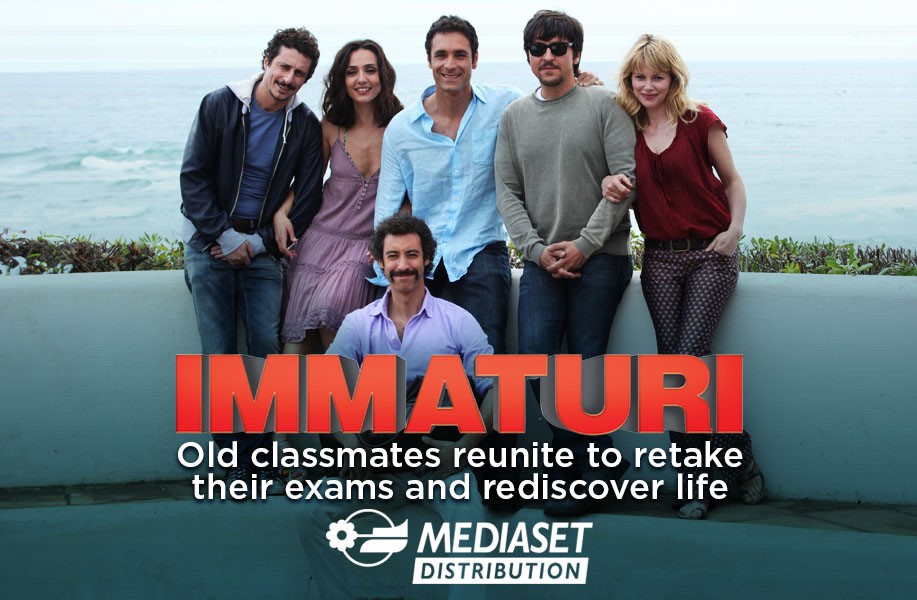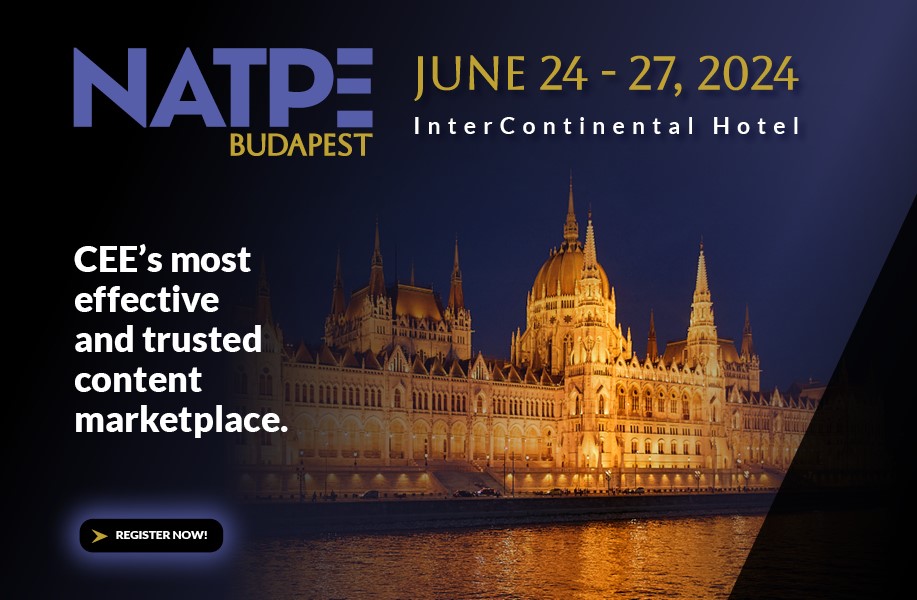By now, we are all aware that artificial intelligence will have — and is already having — a profound impact on the media industry, a topic that has been widely discussed. This is happening at various levels. Firstly, there are the ‘specific tools’ used ‘behind the scenes’ at every stage of the audiovisual production process (pre-production, production, editing, distribution, marketing, and so on), which support professionals by enabling them to work much faster and more effectively.
Then, of course, there are generative AI tools, particularly text-to-video tools, which can create videos based on simple linguistic prompts. Software such as Sora, Veo, Runway and many others are raising many questions, fears and concerns, as well as expectations, among professionals. Put simply, the crux of the matter is this: when is it right or advisable to use these tools to create programmes ‘from scratch’ without the participation of any actor or human being in the videos?
While we await a definitive answer (which will probably never come), the market has already provided an initial partial response: in historical reconstruction programmes.
This content is perfect for introducing text-to-video tools to the audiovisual industry: it is, in any case, a ‘reconstruction’, so why not do it directly with AI software, saving a lot of time and money, and being able to take care of every single historical detail in a philological way? This marks the beginning of a new trend: ‘historical GENAI’, bringing to life periods both distant and not so distant from our own.
In Unearthed: The Mystery of the Shaman Woman (ZDF), for example, the life of a shaman who lived over 9,000 years ago is reconstructed, starting from the discovery of her tomb, where she was buried with a baby and funeral furnishings.
Knut, the Viking Emperor (ZED for Histoire TV, Sky History, SVT, ZDF Studios & TCD) uses visually stunning, AI-generated reconstructions designed in collaboration with historical consultants to take us back to the Viking era.
... to be continued
Axel Fiacco
To read the whole article and other new kinds of formats for the new television landscape, go to: link
SUBSCRIBE to the world’s most followed independent FREE NEWSLETTER to receive weekly updates on FORMATS, MARKETS & TRENDS around the world by clicking here


_13932.png)








